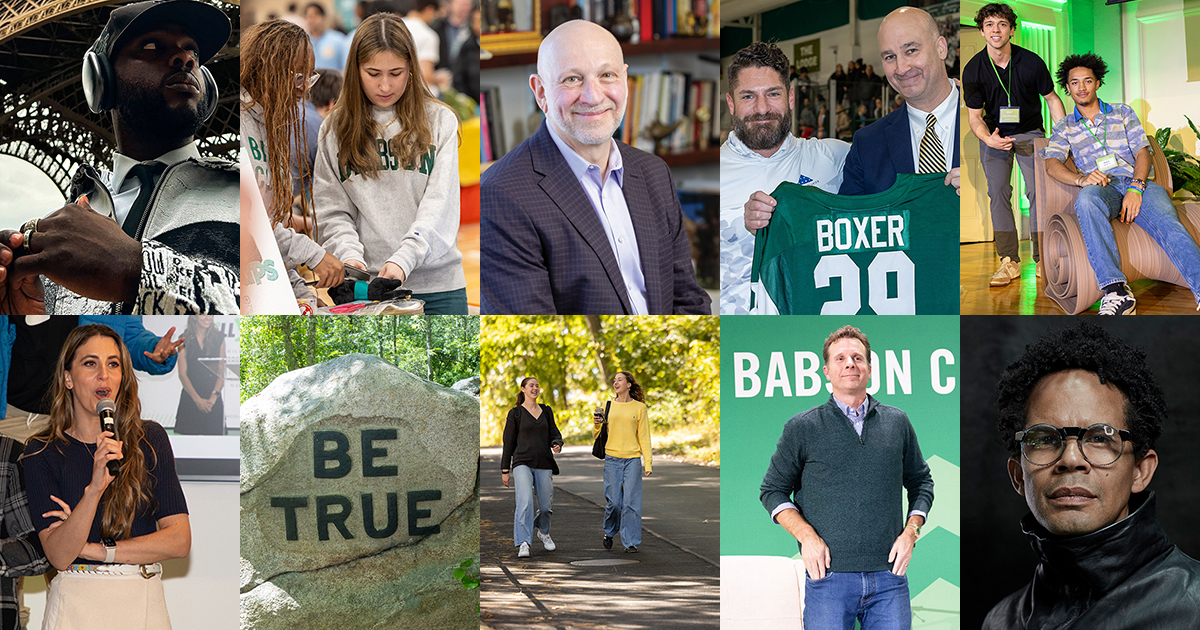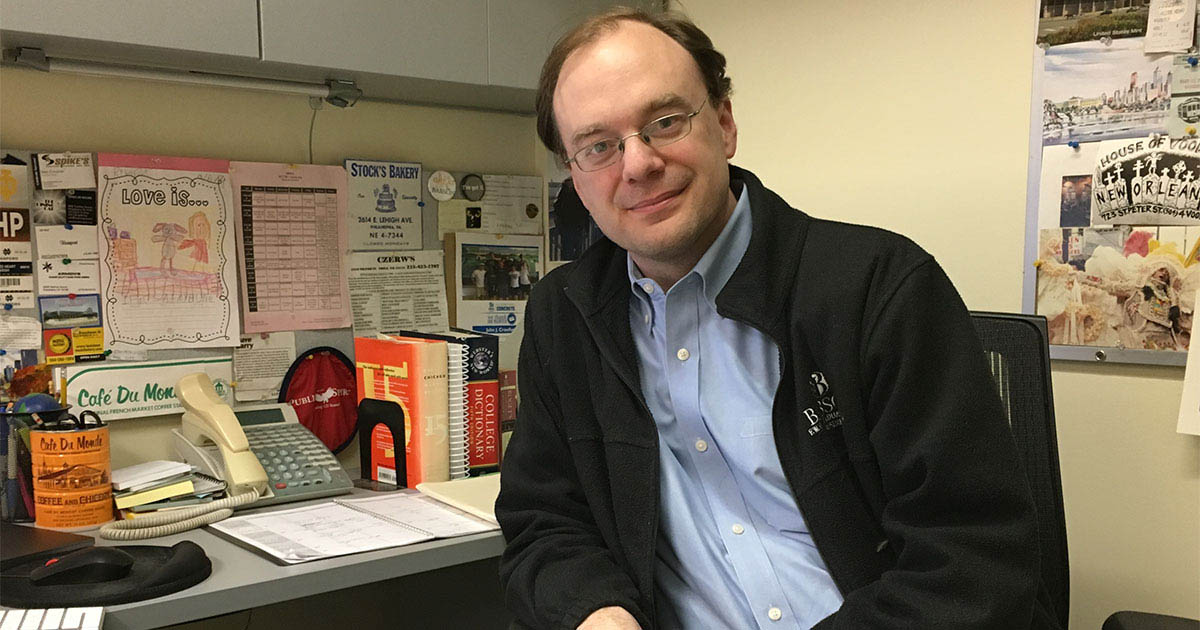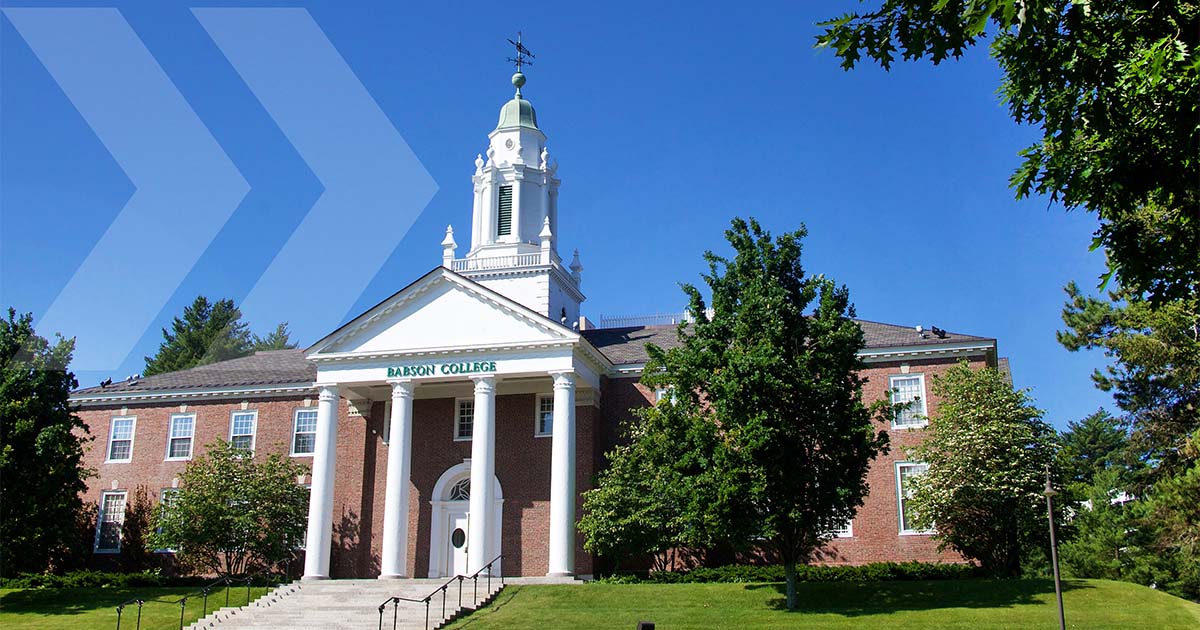The Fine Print on Job Creators: Part III

America’s economy creates and destroys jobs all the time. From 2009–2012, net private sector jobs increased by 4.7 million and net public-sector (government) jobs fell by 569,000. In the fourth quarter of 2011 (the most recent year of complete data), employment grew by a net 400,000 jobs. That’s good news if you were one of the 6.9 million hired in that quarter. If you were one of the 6.5 million who lost a job that quarter, the news wasn’t so good.
Job Creation in a Dynamic Economy
According to the Small Business Administration, small businesses accounted for nearly two-thirds of new job creation in the U.S. from 1993 to 2011.
- In 2011, firms with 1–49 employees added a net 481,000 jobs
- Firms with 50–249 employees added a net 486,000 jobs
- Firms with 250 or more employees added a net 898,000
Heidi Neck, Babson associate professor of Entrepreneurship, believes that the broadest American employment statistics only reflect the full-time job model that prevailed decades ago. The model doesn’t reflect an important fact of entrepreneurial job creation. For those who do hire, Neck explains: “I worry that [employment] numbers imply that entrepreneurs aren’t creating jobs because they’re not ready to hire what we call a full-time equivalent. They hire a bunch of part-time people to help get through the early stage, when funding is scarce, so they don’t need to provide benefits. When they get substantial funding, they can afford a more professional workforce. I find it very interesting that we can’t really seem to measure this underground workforce.”
She adds, “It should be easier for small businesses to hire a full-time workforce.”
In addition, Neck points out that the nature of a job is changing. “When you look at the statistics, yes, you can calculate our unemployment rate. But, if you really dig deeper into the human persona, I believe that it’s no longer about the classic definition of a job. Many more people, especially the younger generation, are looking at jobs as a series of projects. They say, ‘I’ll do this for a couple of years, then go on to a different project.’ They are creating their own jobs, in that sense.”
Following this reasoning, a job-creation initiative would encourage risk-taking among those who do not hire others, but who nevertheless create their own jobs, whether they are technically self-employed or not. Among younger workers, the new ability to stay on parents’ health plans until age 26 is an example of policy indirectly encouraging productive risk-taking in employment, since it reduces the incentive to get a traditional job just for the benefits.
That is one example of unintended effects policy has on different areas of economic activity. As the definition of what it means to be a job creator expands, specific policies or promises to stimulate one economic activity become more difficult to separate from another. Taken to a logical extreme, we might say that all consumers are job creators, because they create increased demand, which is the fuel of all economic activity.
Politicians and think tanks across the political spectrum lionize entrepreneurs, identifying them as job creators. To the extent that the ingenuity and actions of entrepreneurs encourages demand and fulfills it, they are indeed job creators. When it comes to setting policy that favors the job creators, however, the details—and anticipated consequences of policy—should be at least as sophisticated, flexible, and diverse as the reality of current job creation demands.
Editor’s Note: This post is part of our ongoing series on job creators. In Part III, we discuss how to measure job creation when it’s a moving target, and the effect policy in one area (healthcare) has on another (job creation).
Posted in Insights






